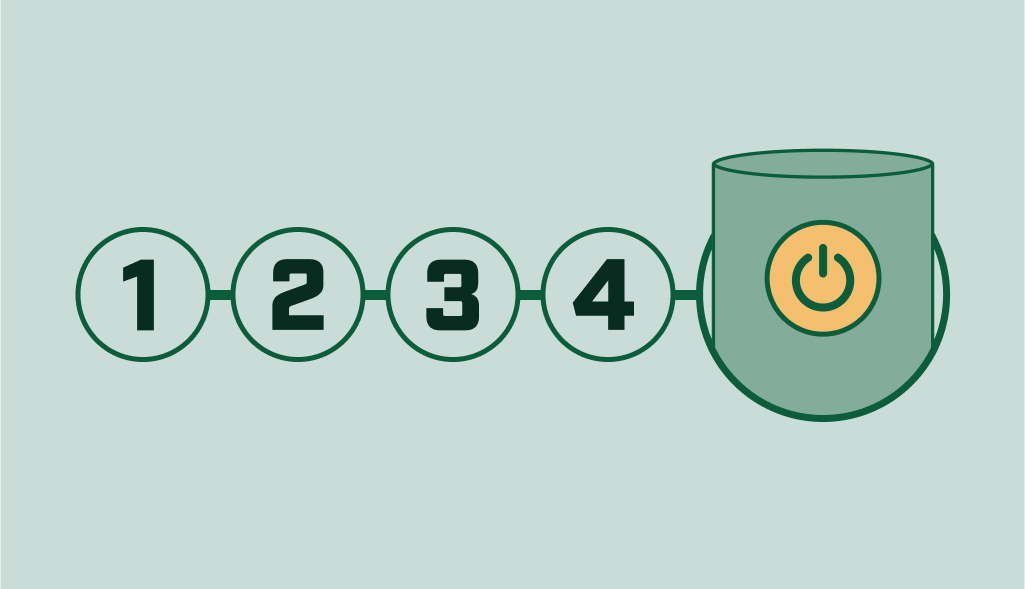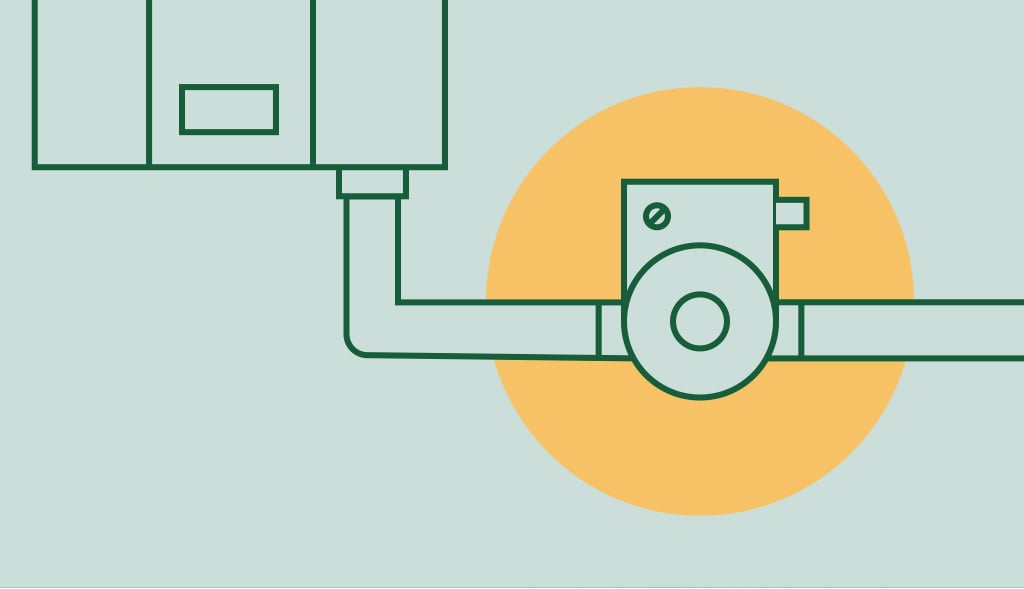How to Turn Off Your Hot Water Heater: A Step-by-Step Guide

Knowing how to turn off your hot water heater is a crucial skill for any homeowner. Whether it’s for routine maintenance, a water leak, or a more severe issue like no hot water in your house.
This article will guide you through the process of safely turning off both electric and gas water heaters. You’ll also benefit from advice on how to drain your water heater.
Turning Off an Electric Water Heater
Electric water heaters are generally easier to turn off, and here are the steps to do it safely.
Shut Off the Power
Cutting off the power supply would be the first step in turning off your electric water heater is. Locate the circuit breaker for your water heater and switch it to the “off” position.
This is a critical safety step. It prevents any electrical shock risks during the process.
Shut Off the Water Supply
Once the power is off, you can shut off the water supply. Locate the water valve, usually found at the top of the water heater, and turn it off. This supply valve controls the flow of water into your heater. Shutting it off will prevent any water from entering the unit.
Turning Off a Gas Water Heater
Turning off a gas water heater involves a few more steps due to the added component of the gas supply.
Shut Off the Gas Supply
On a gas water heater, locate the gas supply line and find the shut-off valve. This is usually a knob or lever located near the gas meter or on the supply pipe.
Turn this valve to the “off” position to stop the flow of gas to the heater. Remember, if you smell gas before or after turning off the gas, it’s a good idea to evacuate your home. Call your gas company or a professional plumber.
Turn Off the Water Supply
After the gas supply is off, locate the water valve on the water heater and turn it off. This step is similar to the process with an electric heater.
Draining Your Water Heater
After you’ve turned off the power and water supply to your hot water heater, you may need to drain it, particularly if you’re addressing a water leak or conducting routine maintenance.
If you have sediments coming out, please consider getting the Corro-Protec powered anode to protect your heater from the limescale and mineral deposits.
Attach a Garden Hose
Before you start draining your water heater, attach a garden hose to the drain faucet at the base of the unit. The other end of the hose should lead to a suitable drainage area.
Open a Hot Water Faucet and the Relief Valve
Go to a hot water faucet in the house and turn it on. This will let air into the system and make it easier to drain the water heater. Back at the heater, open the relief valve. This valve is also called the T & P valve and is found at the top or side of the heater.
This will allow the water to flow out of the unit and through the garden hose. Be careful, as the water may be extremely hot.
Open the Drain Faucet
Once the above steps are done, you can then open the drain faucet. Then, allow the water in the tank to drain out. This is a step where you can learn about your water chemistry. If you have sediments coming out of the tank, please consider installing a powered anode.
Conclusion
Knowing how to turn off your water heater, whether it’s gas or electric, is an essential skill for homeowners. It can help you react effectively in emergencies, such as a water leak, and is also necessary for routine maintenance.
Always remember that safety is paramount. If you’re not sure about any of the steps or if anything seems out of the ordinary, it’s a good idea to call a professional.
DISCLAIMER: The information provided is for general DIY guidance on water heater maintenance and does not replace professional advice or service. Risks include electric shocks, burns, and property damage. Prioritize safety, follow manufacturer’s guidelines, and consult with professionals if unsure. Comply with local laws and obtain necessary permits. Use this information at your own risk; the provider assumes no liability for any injuries or damages. If in doubt, hire a professional.
Blog
Water Heater Recirculating Pump : Why And How Does It Work?
What is a Hot Water Recirculating Pump and How Does It Benefit Your Home? Every homeowner knows the inconvenience of waiting for hot water to […]
Troubleshooting: Why Your Hot Water Heater Is Not Working
When you want a warm bath or shower but only get cold water, it can be really annoying. If your hot water heater isn’t working, […]

